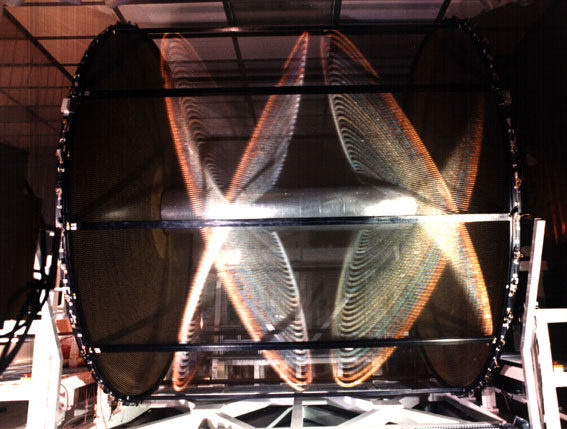The market for electric power generation equipment is growing more competitive every day, with customers demanding more reliable, eco-friendly products at lower cost. Marelli Motori meets these demands using Ansys Maxwell, Ansys Mechanical and Ansys CFD in multiphysics simulations to deliver the tailor-made solutions their customers have come to rely on. More recently, they have begun using Ansys Discovery Live to obtain instantaneous simulation results with every on-the-fly change to a product’s geometry or operating conditions, greatly reducing design time.
EnginSoft wishes to acknowledge Ansys Advantage magazine as the source for this article.
CASE STUDY
The text provides an in-depth account of Stefano Odorizzi’s journey in founding and growing EnginSoft, our engineering company specializing in computer simulation and modelling. Established in 1984, EnginSoft overcame early challenges, such as the high cost of computing, to emerge as a leader in simulation services, particularly in the fields of mechanical engineering and computational fluid dynamics (CFD). The narrative highlights several key milestones in the company’s history.
cfd metal-process-simulation industry4 news mechanics optimization

CASE STUDY
The ultimate goal of the study was to optimize the Drift Chamber’s performance in terms of stiffness, strength and weight o be mounted on the Mu2e particle detector at FermiLAB in Chicago
construction modefrontier ansys optimization energy